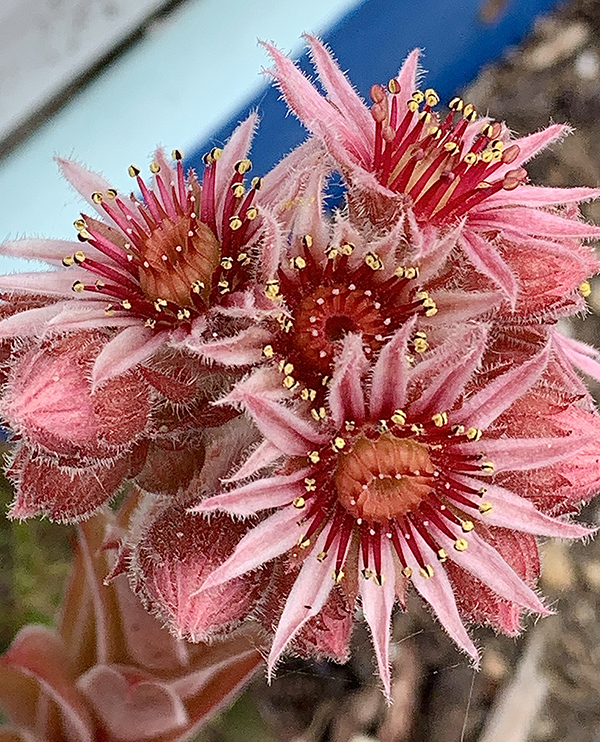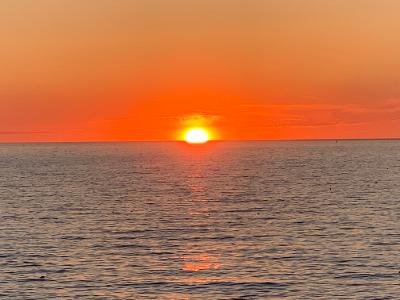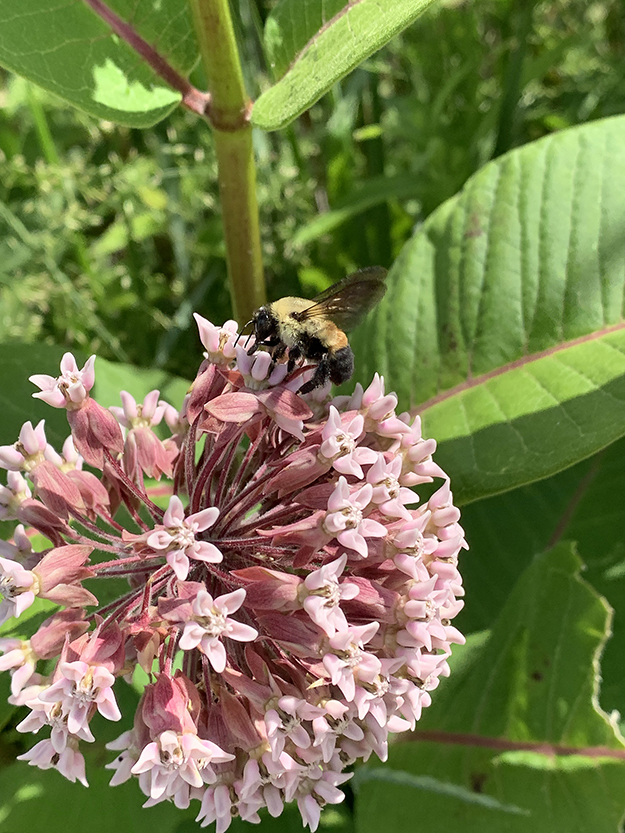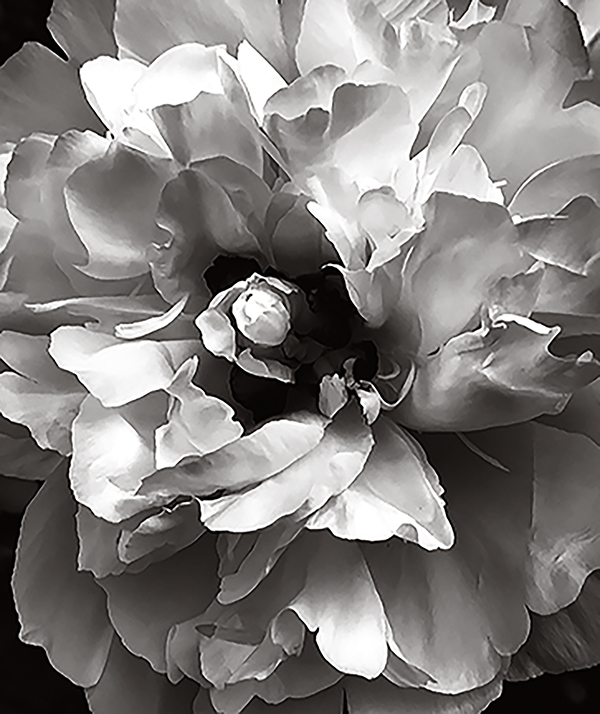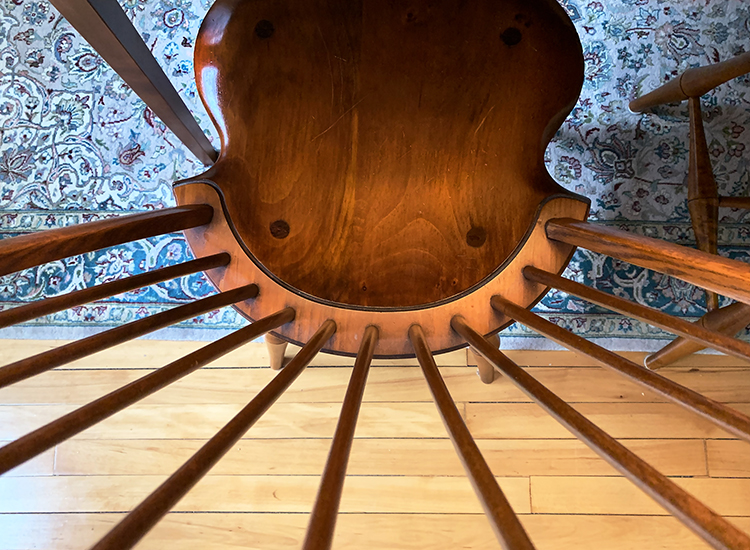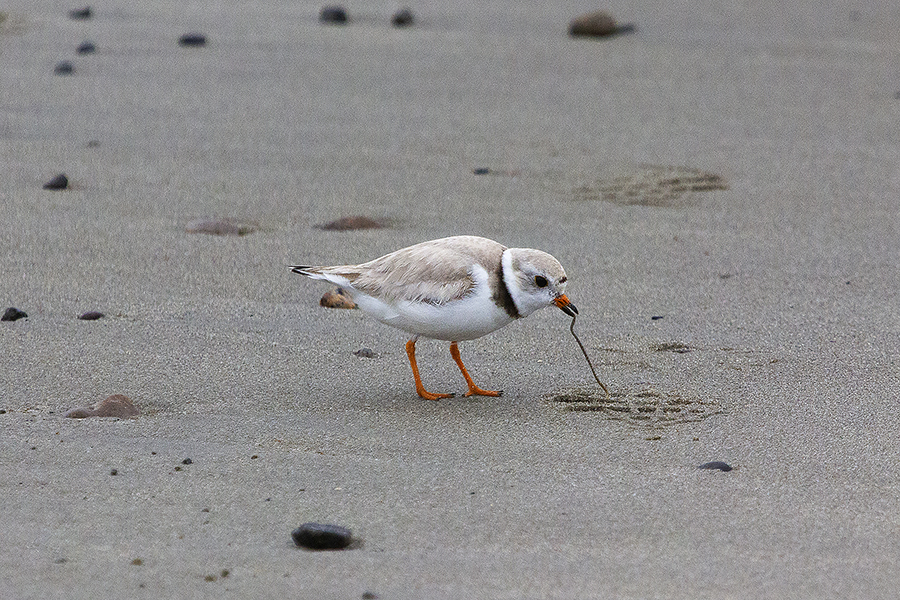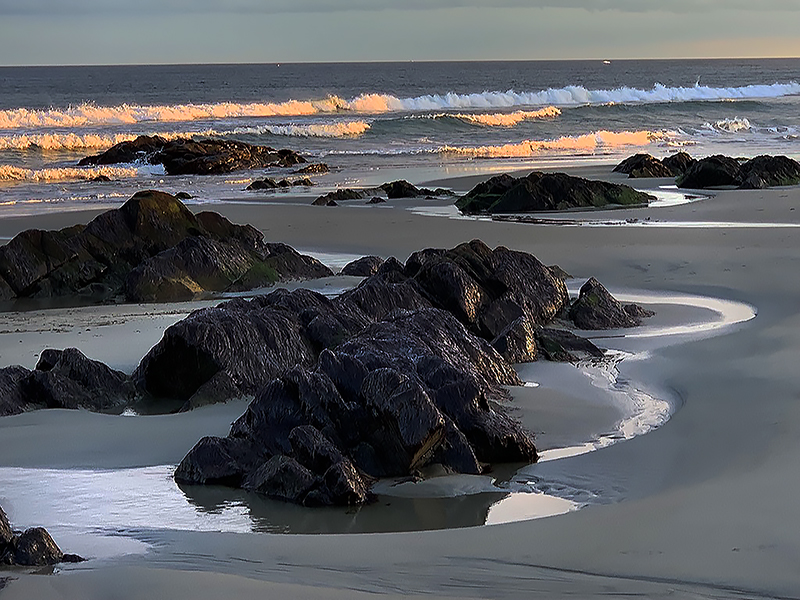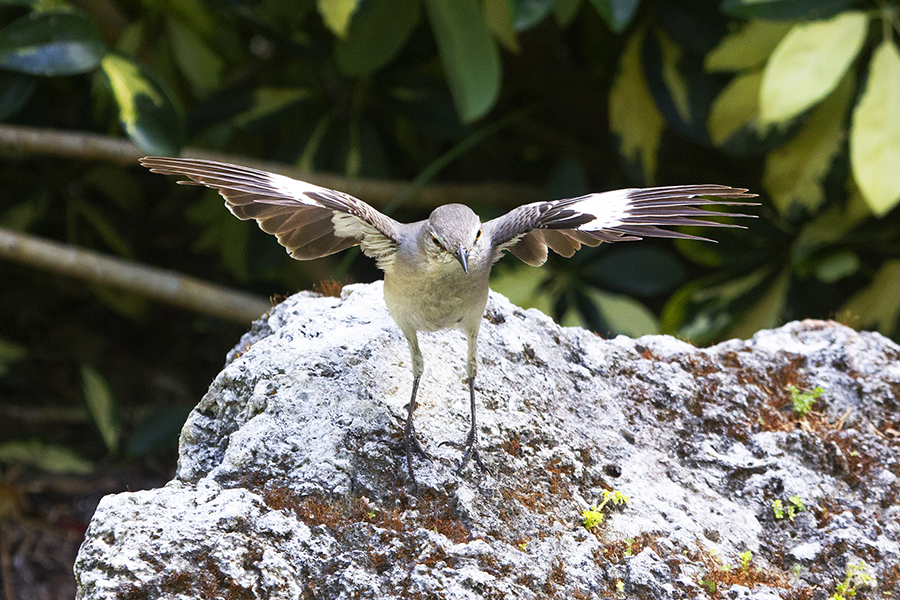The Mexican holiday “Day of the Dead” or “Día de los Muertos“is famous for macabre brightly decorated skull figures. The one in a store window in Figure 1 is called La Calavera Catrina, which refers to José Guadalupe Posada’s depiction of a “fine” lady in fancy hat and clothing of the early 20th century. Significantly, the holiday is meant to revere and honor the departed.
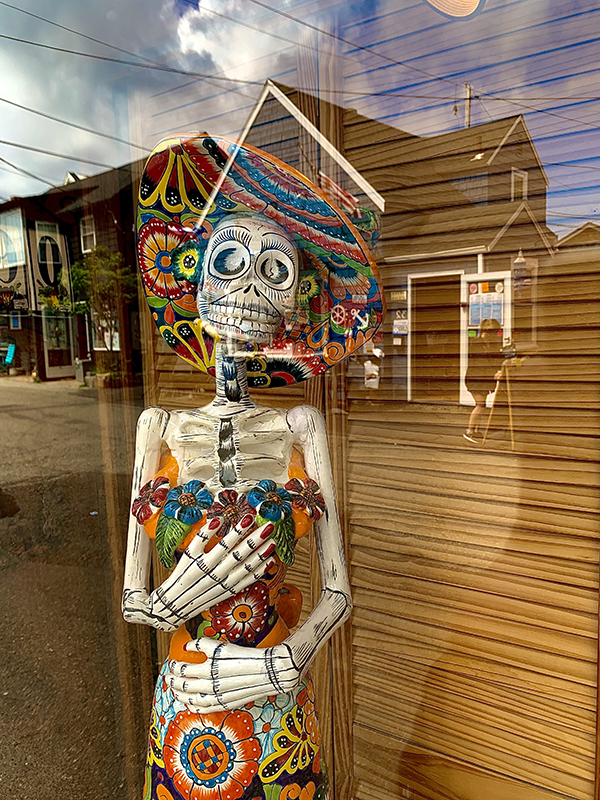
The dead are in a sense all around us, in their own nether world, or is it we in ours. They are not quite in site, only felt, buried in reflections and memories of a now fully written story. I usually hate the reflection in storefront windows that destroy and distort the photograph. But here, symbolically it was exactly what I wanted

